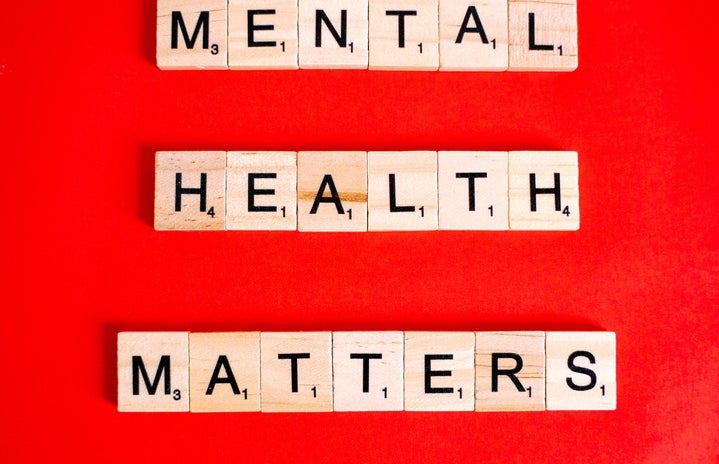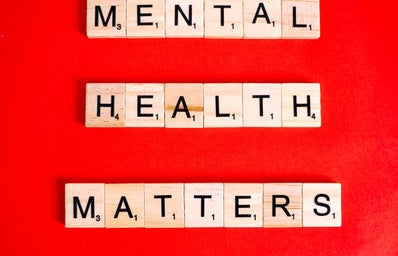Cluster B personality disorders – borderline, narcissistic, histrionic, and antisocial are often cast as the villains in the story of mental health. Labels like “toxic” or “impossible” get thrown around without a second thought, turning people into caricatures instead of seeing them as complex individuals. But here’s the thing: these disorders aren’t personality flaws, they’re survival mechanisms, shaped by pain and resilience. When we strip away the myths and stereotypes, we uncover something deeper: an opportunity to replace judgment with understanding, and stigma with the kind of support that creates space for real healing.
Workplace Challenges and Accommodations
Cluster B personality disorders are often an “uninvited guest” in workplace conversations. Misconceptions about these disorders fuel unfair assumptions, painting those who live with them as “unstable” or “too much to handle.” The result? Missed opportunities, workplace bias, and a system that alienates rather than supports. But here’s the truth: people with cluster B disorders can absolutely thrive in professional spaces when given the right tools and understanding. It’s not about lowering the bar, it’s about creating a workplace that lifts everyone up. Here’s how you can move from exclusion to inclusion:
1. Inclusive Work Policies: Implementing mental health policies that embrace diverse needs can reduce bias.
2. Flexible Schedules: Flexibility in work hours allows people with the disorder(s) to manage symptoms without additional stress.
3. Legal Protections: Disability rights laws protect individuals from discrimination, but understanding these protections is key to advocating for them. This article on disability accommodations covers legal rights in the workplace.
4. Education and Training: Educating staff about mental health builds empathy and helps reduce the sayings of harmful stereotypes.
Challenges in Seeking and Receiving Proper Treatment
Navigating mental health care is usually complex for people with Cluster B disorders. Many encounter systemic barriers that hinder their access to proper treatment, worsening stigma and leaving symptoms untreated.
– Misdiagnosis: Since Cluster B traits can overlap with other conditions, individuals often receive incorrect diagnoses, which delays effective treatment.
– Specialized Therapeutic Approaches: Traditional therapy doesn’t always suit Cluster B needs. Specialized approaches, such as Dialectical Behavior Therapy (DBT) and schema therapy, offer better results, but not all therapists have this training. Explore DBT’s benefits to understand its unique value.
– Treatment Resistance: Some symptoms make building trust with therapists challenging, leading to dropped sessions or feelings of being misunderstood.
The Role of Trauma and Environmental Factors
Cluster B disorders are often misunderstood as personality flaws, but they’re far from it. Trauma, particularly from childhood, plays a critical role in the development of these disorders. To truly understand Cluster B, we need to look at the intersection of environment, genetics, and trauma.
Factors Shaping Cluster B Disorders:
– Early Childhood Trauma: Neglect, abuse, or inconsistent caregiving can lead to deeply ingrained patterns of emotional regulation and trust issues.
– Genetic vs. Environmental Influence: Studies suggest a blend of both, with a strong emphasis on the environment’s role in triggering inherited tendencies.
– Breaking the Cycle: Without proper treatment, trauma can repeat itself, affecting future generations. Therapy and awareness are important to breaking this cycle and building resilience.
Improving Communication with Loved Ones
Supporting someone with a Cluster B disorder can be challenging but incredibly rewarding. Communication is key, and a few strategies can go a long way in building trust and understanding.
Effective Communication Tips:
1. Practice Active Listening: Give space for expression without judgment. Listening deeply helps validate their feelings.
2. Set Boundaries with Compassion: Boundaries are essential, but framing them positively can make them feel safe and supportive.
3. Use “I” Statements: This reduces defensiveness. Instead of saying, “You’re always overreacting,” try, “I feel overwhelmed when emotions are intense.”
4. Encourage Emotional Regulation: Helping loved ones explore self-soothing techniques builds emotional resilience.
These strategies don’t just support the person with a Cluster B disorder, they strengthen the overall relationship, building mutual respect and trust.
Addressing Self-Stigma
One of the hardest parts for individuals with Cluster B disorders is the internalized shame and self-stigma, often worsened by societal misunderstandings. Battling self-stigma requires building self-compassion and reframing negative self-perceptions.
Ways to Counter Self-Stigma:
– Challenge Negative Beliefs: Actively identify and question negative thoughts. Is this belief true, or is it a reflection of past hurt?
– Develop a Positive Self-Identity: Recognize that personality disorders don’t define an entire identity. Celebrate strengths and individuality.
– Therapeutic Approaches: Techniques like Cognitive Behavioral Therapy (CBT) and self-compassion exercises can help. Therapy provides a safe space for redefining self-perception and nurturing self-acceptance. Learn about self-compassion techniques here.
Resources and Support Systems
Accessing support can be challenging, but a wealth of resources exists to help individuals and their families.
Support Options:
1. Support Group: Online and in-person groups create safe spaces to share experiences and receive encouragement.
2. Educational Resources: Books, online articles, and webinars can provide invaluable insights. The National Institute of Mental Health offers a variety of resources to better understand Cluster B disorders.
3. Therapeutic Interventions: Therapy options tailored to Cluster B traits, like DBT, are highly effective.
4. Community Networks: Connecting with others through organizations like NAMI (National Alliance on Mental Illness) offers both education and community support.
If you would like to support those with Cluster B disorders, here are two of my favorite creators on TikTok.
- @kylieerackam – Kylie is a perfect representation of what it’s like to have more than one Cluster B disorder. They have NPD and BPD. Their partner has ASPD, and I definitely recommend following them if you need relationship advice for neurodivergent relationships.
- @dammidelta – Delta has NPD and is a sociopath, and is brutally honest about the reality of having the disorder. Not everyone who has NPD wants to be this way, and they want to properly heal. They give the perspective that narcissists can be self-aware and can change. They take accountability for their actions, and work their way into developing new healthy habits.



